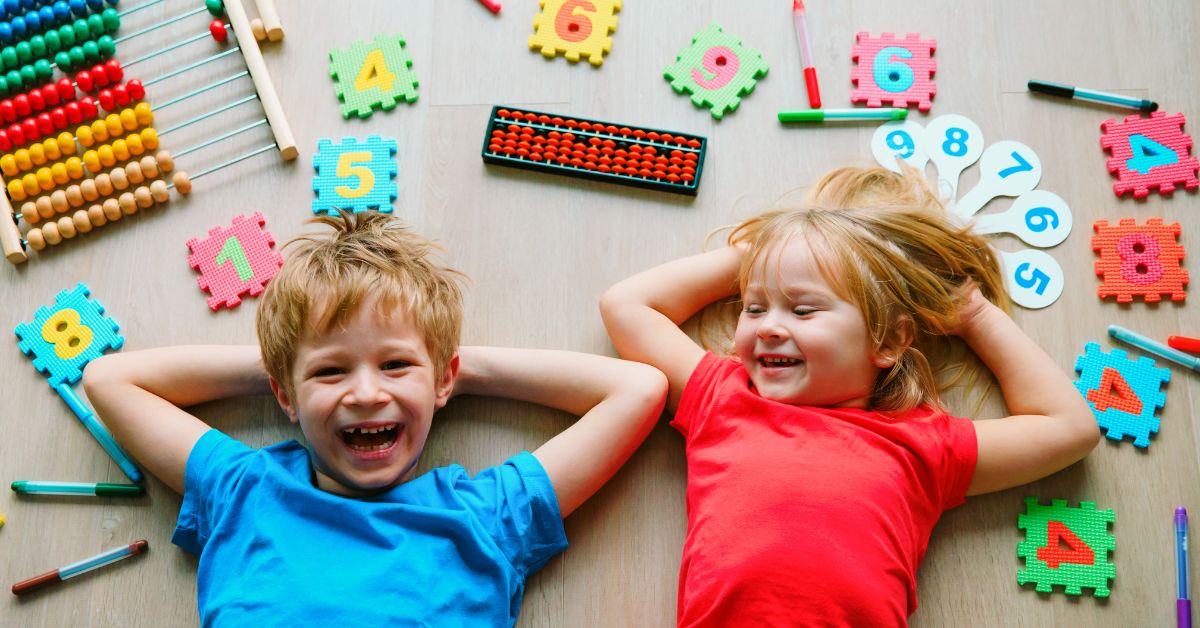Effective communication with children is a crucial skill for every parent. Knowing how to talk so kids will listen can significantly improve your relationship with your child, foster mutual respect, and guide them toward positive behavior. This detailed guide provides proven strategies to enhance communication with your kids, ensuring they listen and respond positively.
In this article:
Why Effective Communication with Kids is Crucial
Understanding the importance of effective communication sets the foundation for applying the strategies:
- Builds Trust: Open and honest communication creates a strong bond of trust between you and your child, making them feel secure and valued.
- Encourages Positive Behavior: Clear and effective communication helps children understand expectations, leading to better behavior.
- Enhances Emotional Intelligence: It helps children learn to express their feelings and understand others’ emotions, fostering empathy.
- Resolves Conflicts: Effective communication is key to resolving conflicts and misunderstandings in a healthy manner, promoting a peaceful home environment.
Strategies to Improve Communication with Kids
1. Active Listening
Active listening involves fully engaging with your child when they speak. This means:
- Making Eye Contact: Shows that you are focused and interested. Look directly at your child when they speak to convey your full attention.
- Nodding and Responding: Simple gestures and verbal acknowledgments (like “I see” or “Uh-huh”) encourage them to continue speaking.
- Rephrasing: Summarize what they’ve said to show understanding and empathy. For example, “So you’re saying you felt upset when your toy broke?”
2. Use Positive Language
Positive language creates a supportive and encouraging environment. Instead of saying “Don’t run,” try “Please walk.” This shifts the focus from what they shouldn’t do to what they should do. Here are more examples:
- Negative: “Stop yelling.”
- Positive: “Use your indoor voice, please.”
3. Be Clear and Concise
Children can easily become confused with lengthy explanations. Keep your instructions short and simple. For example, instead of saying, “It’s time to get ready for bed because you need enough sleep for school tomorrow,” say, “It’s bedtime now.” Ensure that your instructions are direct and easy to understand.
4. Offer Choices
Giving children choices empowers them and makes them feel respected. For instance, “Would you like to brush your teeth now or after your bath?” This approach encourages cooperation and decision-making skills. More examples include:
- “Do you want to wear the blue shirt or the red one today?”
- “Would you prefer to do your homework before or after dinner?”
5. Set a Positive Example
Children learn by observing. Demonstrate good communication skills by being polite, patient, and respectful when speaking with others. Your child will likely mimic your behavior. For example, always say “please” and “thank you,” and show patience in conversations.
6. Use “I” Statements
“I” statements help express your feelings without blaming the child. For example, instead of “You never listen to me,” say “I feel frustrated when I have to repeat myself.” This approach reduces defensiveness and promotes a more open dialogue.
7. Praise and Encourage
Positive reinforcement is powerful. Praise your child when they listen and follow instructions. This encourages them to continue the behavior. For example, “Great job on finishing your homework!” Ensure your praise is specific to the action to make it more effective.
8. Understand Their Perspective
Empathy is key. Try to understand your child’s point of view and acknowledge their feelings. This builds a connection and makes them more likely to listen. “I see you’re upset because you can’t play right now. Let’s talk about it.” Encourage them to express their feelings and validate their emotions.
9. Create a Calm Environment
Minimize distractions when having important conversations. Turn off the TV, put away devices, and ensure a quiet space to talk. This helps both you and your child focus on the conversation. For example, during dinner time, make it a family rule to keep gadgets away to encourage meaningful conversations.
10. Be Patient
Patience is essential. Children may not always respond immediately or as you expect. Give them time to process what you’ve said and respond. Understand that developing good communication skills takes time and consistent effort.
Advanced Tips for Effective Communication
11. Use Visual Aids
Visual aids can be particularly effective for younger children. Use pictures, charts, or visual schedules to help them understand routines and expectations. For example, a morning routine chart with pictures of brushing teeth, getting dressed, and eating breakfast can help them follow daily routines.
12. Practice Active Problem-Solving
Involve your child in solving problems. If there’s an issue, discuss possible solutions together. This not only helps in resolving the issue but also teaches them problem-solving skills. For example, if your child is struggling with homework, ask, “What do you think would make it easier for you to do your homework?”
13. Mind Your Tone and Body Language
Children are very perceptive to tone and body language. Ensure that your tone is calm and your body language is open and non-threatening. Avoid crossing your arms or speaking in a harsh tone, as this can make children defensive or anxious.
14. Consistency is Key
Be consistent with your communication. Consistency helps children understand boundaries and expectations. Ensure that all caregivers are on the same page regarding communication and discipline.
15. Reflect and Adjust
Reflect on your communication methods regularly. If something isn’t working, be open to adjusting your approach. Every child is different, and what works for one may not work for another. Be flexible and willing to try new strategies.
Conclusion
Mastering how to talk so kids will listen involves a combination of empathy, patience, and clear communication. By incorporating these strategies, you’ll create a positive and respectful environment where your child feels heard and understood. This not only improves their listening skills but also strengthens your relationship, paving the way for better cooperation and understanding.








